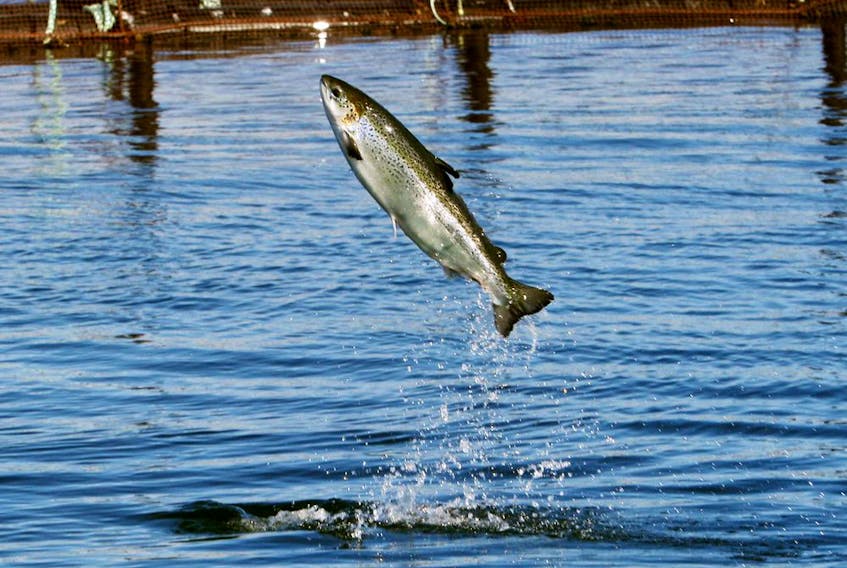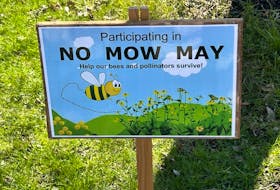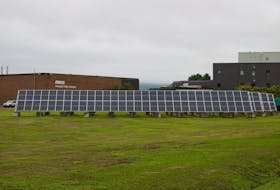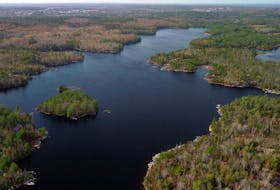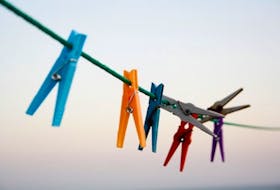The Telegram’s excellent editorial “Farmed salmon 2.0” (July 20,) obviously touched a nerve in the salmon aquaculture fraternity and brought a response from Cyr Couturier, “Net pen salmon farming is still the best way” (July 27).
Couturier, like many civil servants in this province, owes his career to the aquaculture industry, so it is not surprising that he defends it.
However, he has done nothing to answer the excellent questions posed except to raise further disturbing issues for the industry.
The key question is whether the future of salmon aquaculture in the North American market will be closed-containment land-based (CCLB) or open-net pen (ONP).
The government of Newfoundland and Labrador is betting $30 million that projects like the environmentally disastrous Grieg ONP project planned for Placentia Bay will carry the day and Couturier agrees. ACOA is in for another $10 million grant, not loan, according to its website.
Meanwhile, as The Telegram article demonstrates, companies like Nordic Aquafarms in Belfast, Maine, are forging ahead with CCLB projects in Maine and many other U.S. locations.
These projects use Recirculatory Aquaculture Systems (RAS), a proven technology that grows salmon to market size in tanks that are located on land.
Unlike ONP technology, which simply externalizes waste costs to the environment and dumps the waste, decomposed salmon and unconsumed chemicals on the seabed, in RAS all the waste is removed and process water is cleaned and recirculated.
RAS product is not infested with sea lice and therefore not treated with poisonous pesticides.
Because the salmon are in tanks on land they are not exposed to the sea lice and other pathogens that are a given in the ONP production systems. Because these projects are located close to the market the product arrives fresh and with a low transportation cost. Because the product is so environmentally friendly compared to the ONP product the consumer will gladly pay a premium price to buy this salmon.
- premium price and low transportation costs make the CCLB model competitive and cost effective.
Couturier is being disingenuous when he claims that CCLB systems are limited to 1,000 metric tonnes a year.
In fact there are several such projects in Denmark and Poland producing much more than this.
But the bigger point is that projects currently underway in Maine and other U.S. locations are in the order of 20,000 metric tonnes a year, and will become the suppliers for the lucrative U.S. market.
Atlantic Sapphire in Miami, Fla., will produce 100,000 metric tonnes a year. Visit http://nlcar.ca/land-based-facilities.html to get an idea of the numerous CCLB salmon aquaculture projects that will soon be supplying supermarkets virtually everywhere except N.L. and New Brunswick.
According to Couturier the ONP industry will continue to find solutions to environmental challenges. So far in N.L. the industry in its 30 year history has done nothing but create environmental problems.
For example, it has been responsible for massive escapes of farmed salmon leading to severe genetic impacts on wild Atlantic salmon, all documented by DFO; it has been responsible for numerous outbreaks of Infectious Salmon Anemia (ISA); it has used levels of antibiotics that are orders of magnitude greater than are used in Norway for the same production; and it has dumped untold quantities of sewage and chemicals on the sea beds below the cages.
The Telegram editorial ends with the question of how hopeful are you that our provincial government is actually on top of the issue?
Unfortunately, we are being naive in putting any faith in the government’s handling of this issue. Government has already lost two court cases based on not following its own legislation but continues to support, promote and buy into the ONP aquaculture industry.
By the time the North American market for salmon is fully supplied by CCLB product, N.L. will have squandered its pristine bays and fiords all along our south coast and still be stuck with the environmental fallout of a failed technology.
Leo White,
Spokesperson for Newfoundland and Labrador Coalition for Aquaculture Reform,
St. John’s
RELATED:

